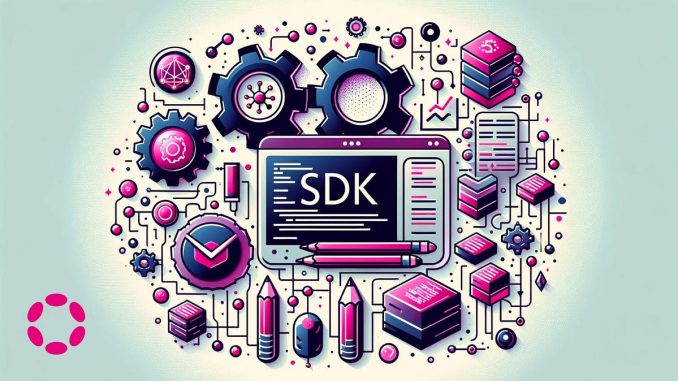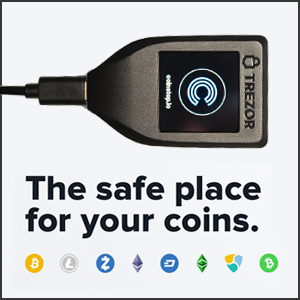
For all its revolutionary potential, blockchain has been hamstrung by a critical issue — interoperability, or the lack thereof. This inability of different blockchains to communicate has stifled innovation and limited the technology’s mainstream adoption.
Polkadot’s SDK aims to shatter these silos, promising a future where blockchains can freely exchange information and value.
But the question remains:
Can Substrate fulfill these lofty ambitions and, in doing so, usher in the next phase of the digital revolution?
The adoption of Polkadot’s SDK by industry titans like Near, Polygon, and Cardano is already sending shockwaves through the blockchain community. This kind of endorsement spells credibility and sparks a flurry of development activity. It’s akin to the early days of the app revolution when new tools allowed developers to unleash a torrent of creativity.
Polkadot’s SDK sets the stage for an explosion in blockchain innovation.
The implications of Substrate’s widespread adoption are vast in the long run. By providing a common framework for blockchain development, Substrate has the potential to become as synonymous with blockchain as HTML is with the web. This isn’t just about making it easier to build blockchains; it’s about setting a new standard that could streamline and unify the entire blockchain landscape.
Why is this a “Big Deal”?
𝗣𝗼𝗹𝗸𝗮𝗱𝗼𝘁 𝘀𝗶𝗺𝗽𝗹𝗶𝗳𝗶𝗲𝘀 𝗯𝘂𝗶𝗹𝗱𝗶𝗻𝗴 𝗗𝗔𝗽𝗽𝘀 𝗯𝘆 𝗼𝗳𝗳𝗲𝗿𝗶𝗻𝗴 𝘁𝗵𝗲 𝗳𝗿𝗮𝗺𝗲𝘄𝗼𝗿𝗸, 𝘄𝗵𝗶𝗰𝗵 𝗽𝗿𝗼𝘃𝗶𝗱𝗲𝘀 𝘁𝗵𝗲 𝗯𝘂𝗶𝗹𝗱𝗶𝗻𝗴 𝗯𝗹𝗼𝗰𝗸𝘀 𝗳𝗼𝗿 𝗰𝗿𝗲𝗮𝘁𝗶𝗻𝗴 𝗰𝘂𝘀𝘁𝗼𝗺 𝗯𝗹𝗼𝗰𝗸𝗰𝗵𝗮𝗶𝗻𝘀.
Imagine a world where blockchains are no longer remote entities but part of a larger, dynamic network. This is the vision that Polkadot’s Substrate brings to the table. By enabling different blockchains to interact, Substrate solves the interoperability puzzle and redefines the possibilities of blockchain technology. This could be the catalyst that propels blockchain from a niche interest to a cornerstone of digital infrastructure.










